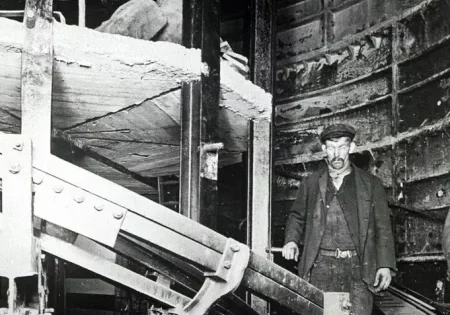To stand or to walk? That’s the question Michael C. Fu at the University of Maryland’s Robert H. Smith School of Business sought to answer with his analysis of the best way to alleviate escalator bottlenecks. Fu, Smith Chair of Management Science and professor at the Institute for Systems Research, examined whether the “often-implied two-lane escalator etiquette of ‘walk left, stand right,'” is truly the most efficient means to regulate traffic flow.
Fu used deterministic queuing models that considered both system and individual objectives to analyze various scenarios of walking and standing passengers. He concluded that the best way to clear busy escalator platforms during peak times is to allow everyone to access both lanes of an escalator, regardless of their desire to walk or stand.
“The key is to allow jockeying and load balancing to enable a pooling effect to clear the platforms, and then sort out the walkers and standers over the course of the escalator,” said Fu. “An alternative solution would be to allow the wannabe walkers to quickly get to the head of the left lane and then after they are (mostly) cleared, convert the escalators to standing only.”
The latter solution would require the use of signaling systems to indicate lanes in use for walkers and standers that could change based on rush-hour capacities. Fu added that if users caught on to this walkers-first policy, it could affect behavior and increase efficiency by incentivizing some standers to convert to walkers in order to be at the head of the queue.
Get more of Elevator World. Sign up for our free e-newsletter.










